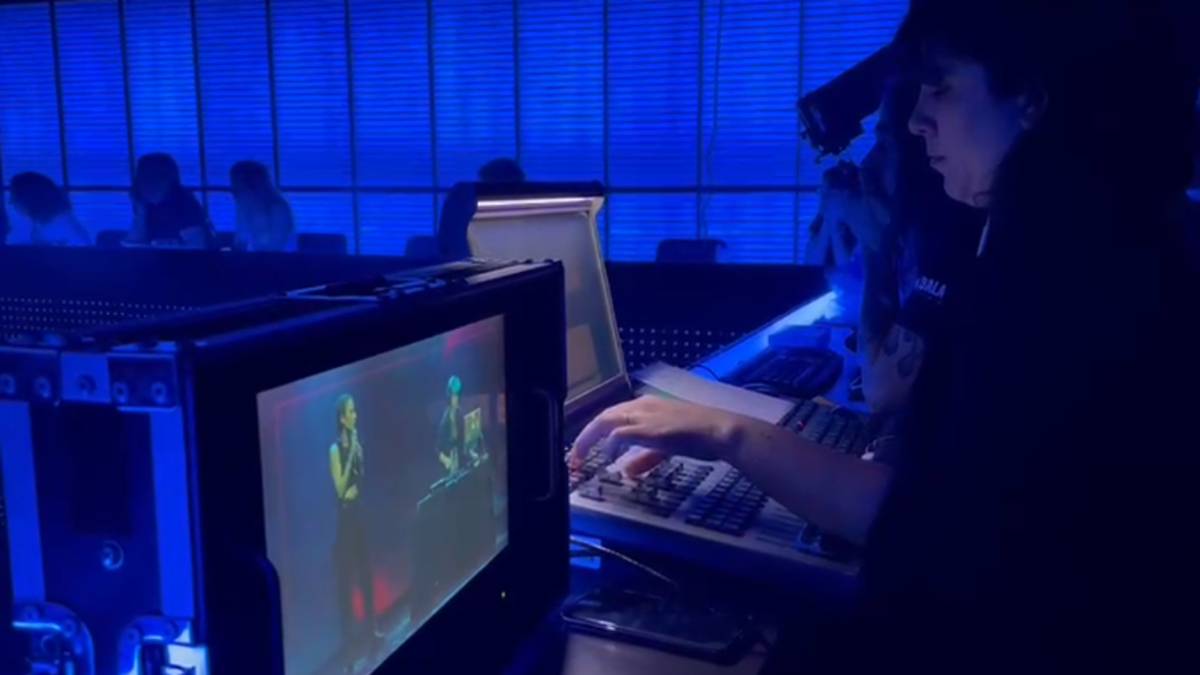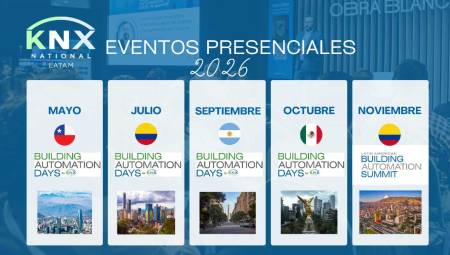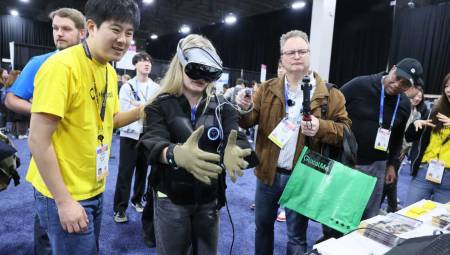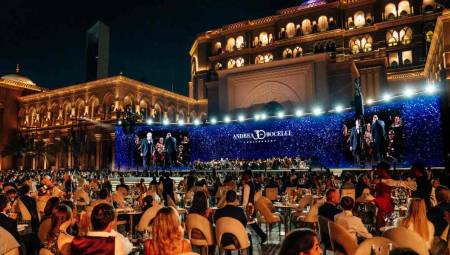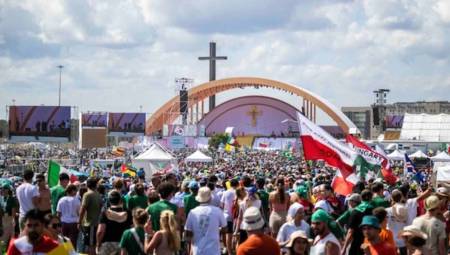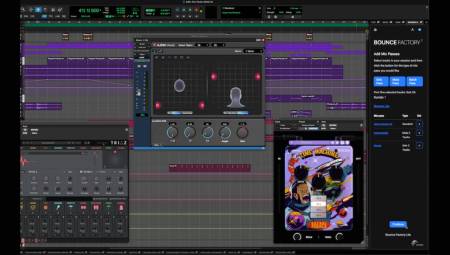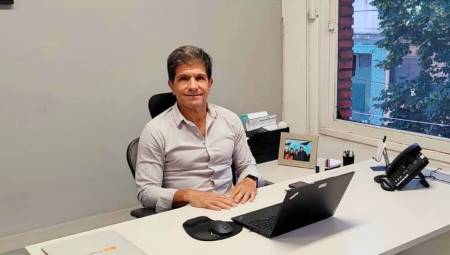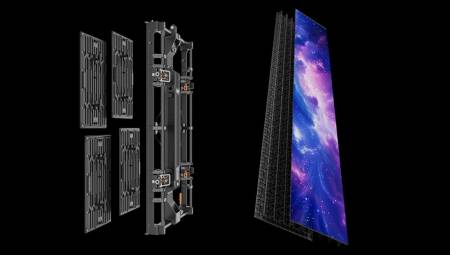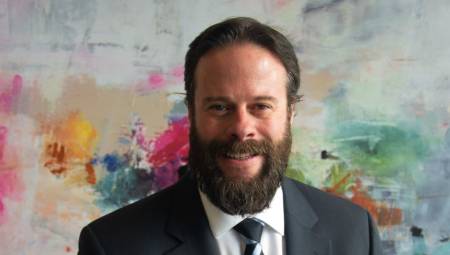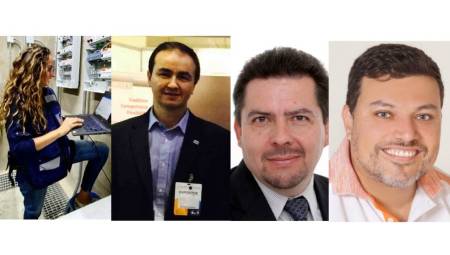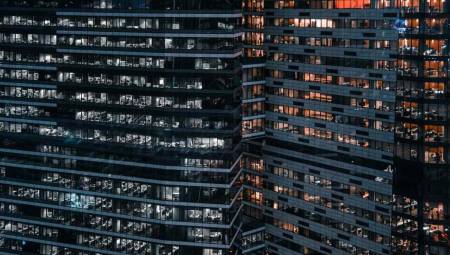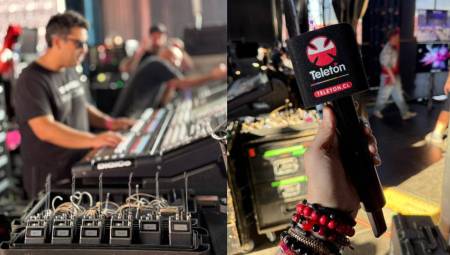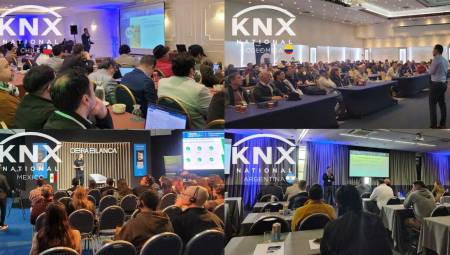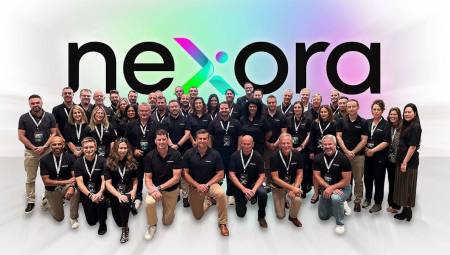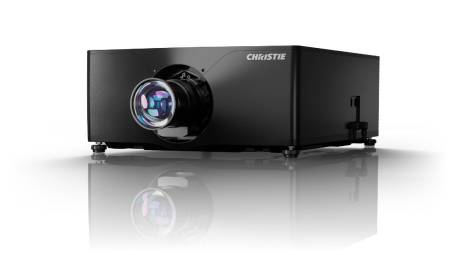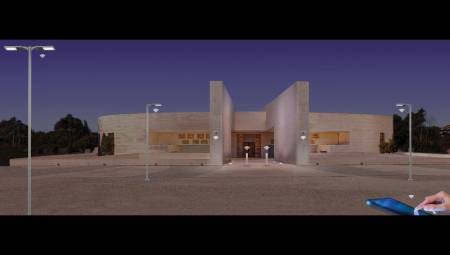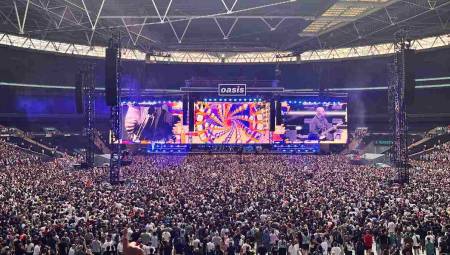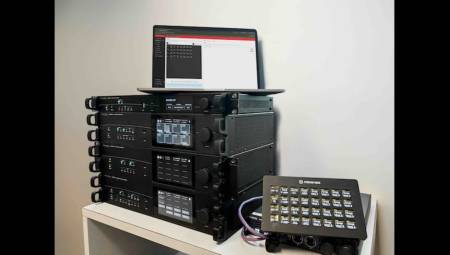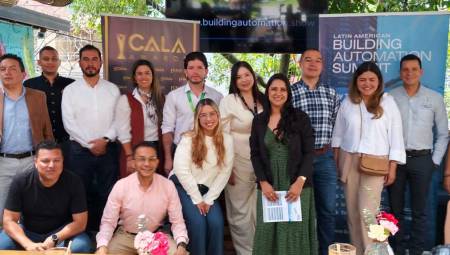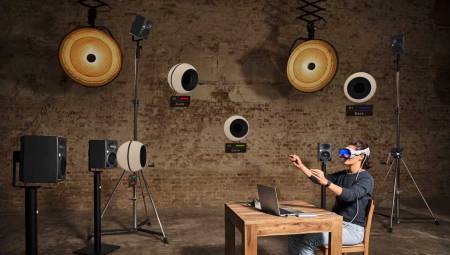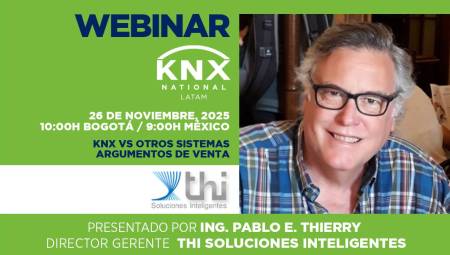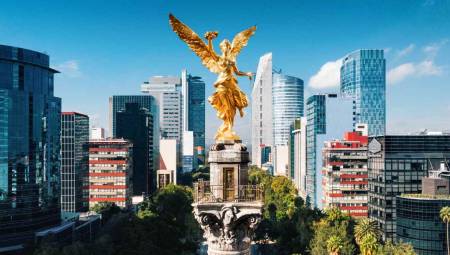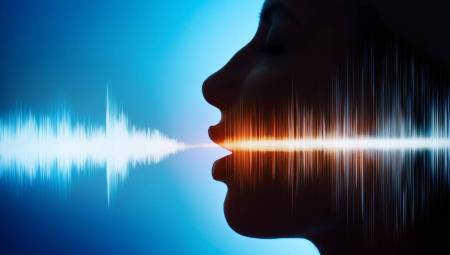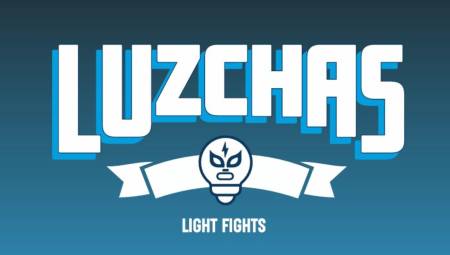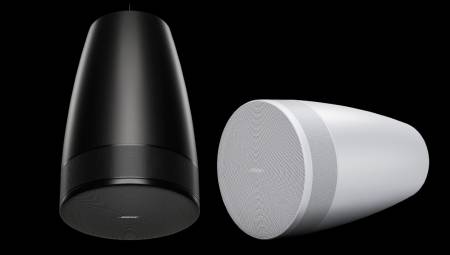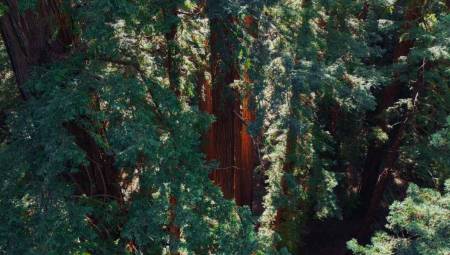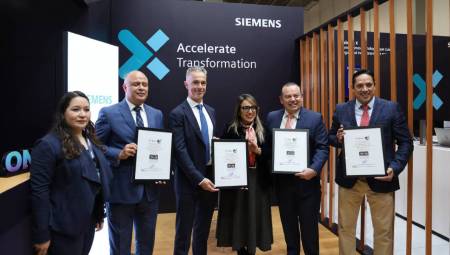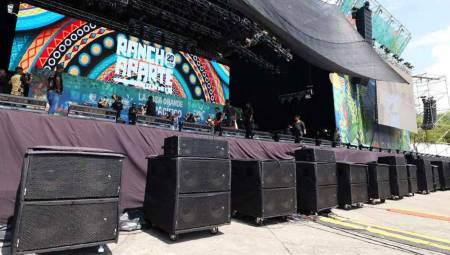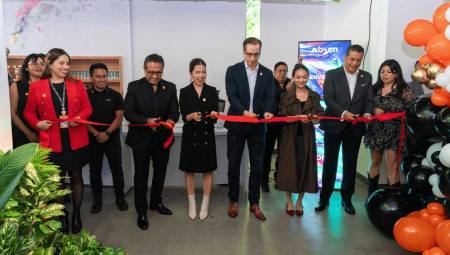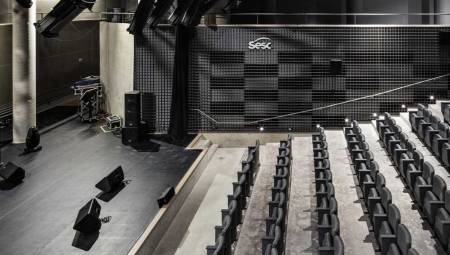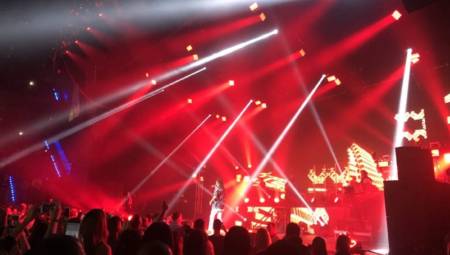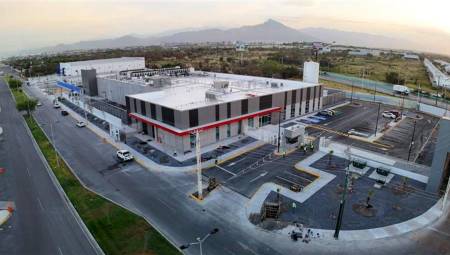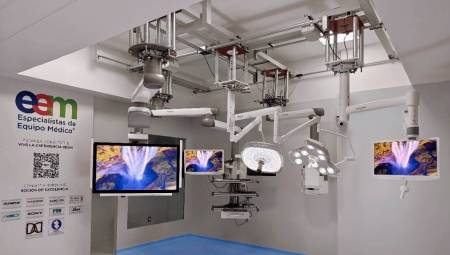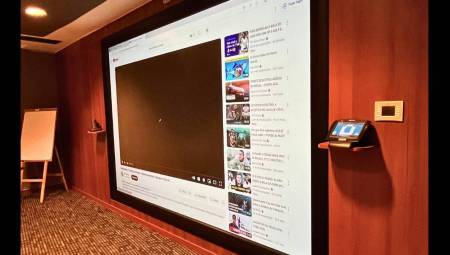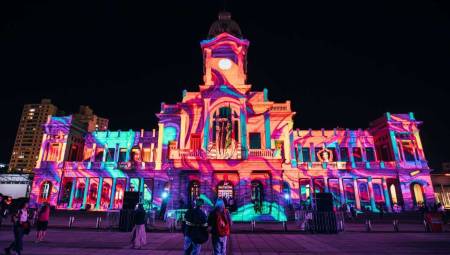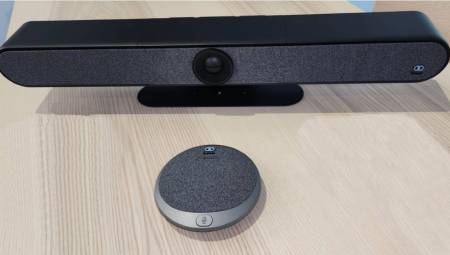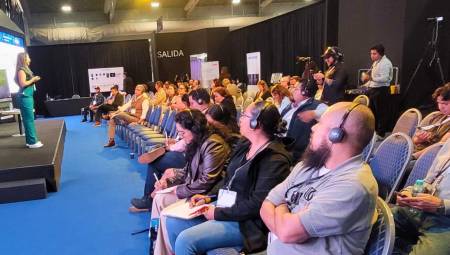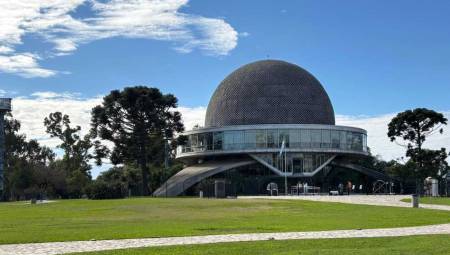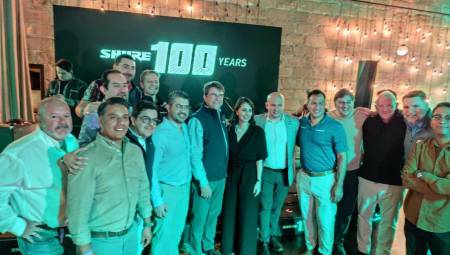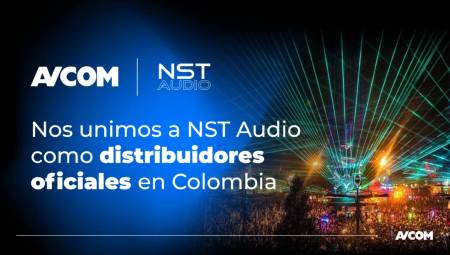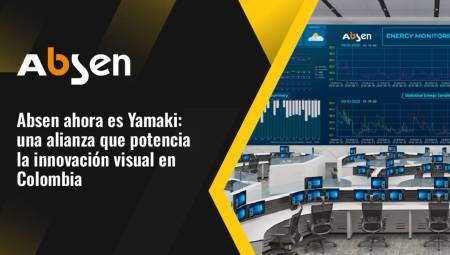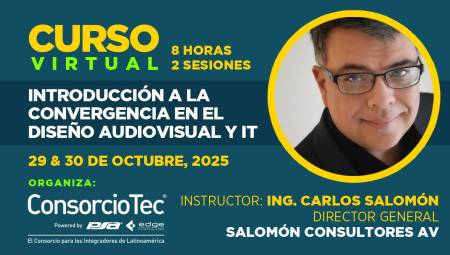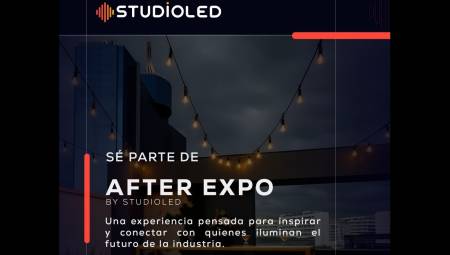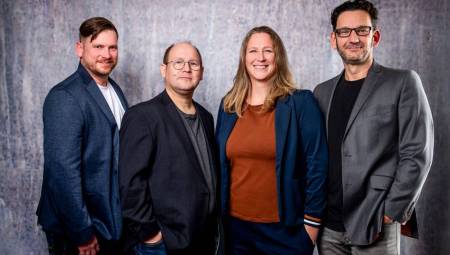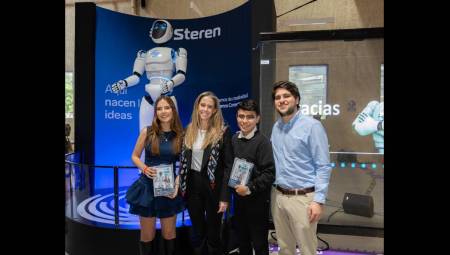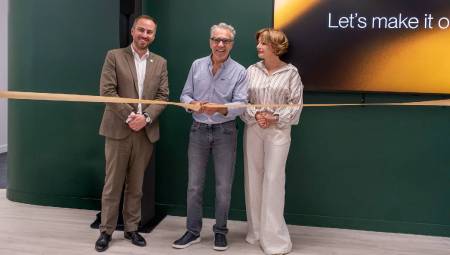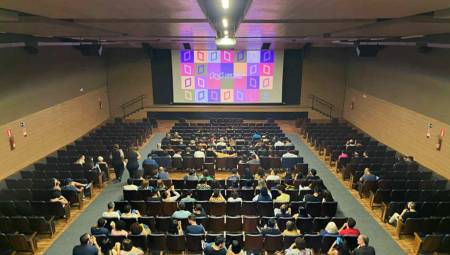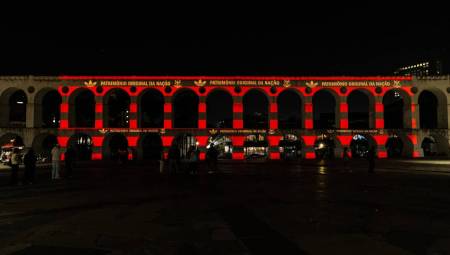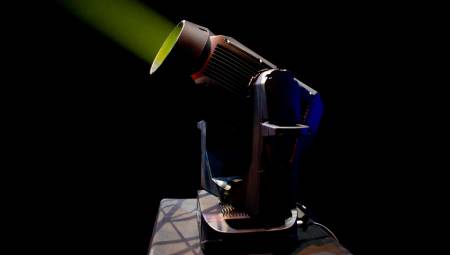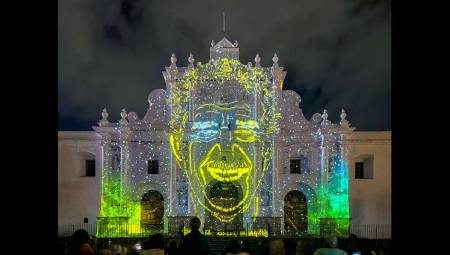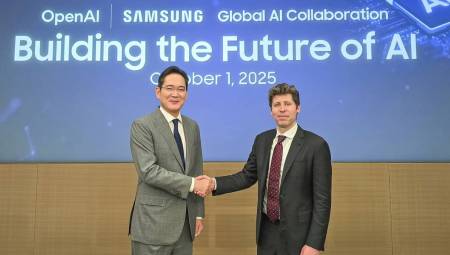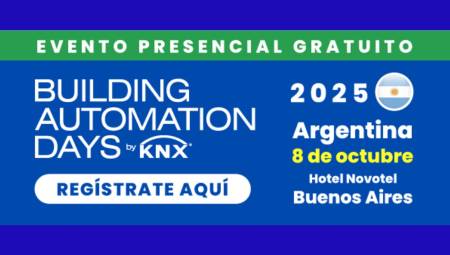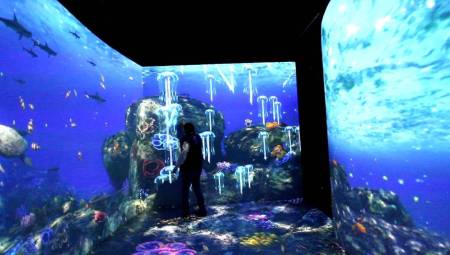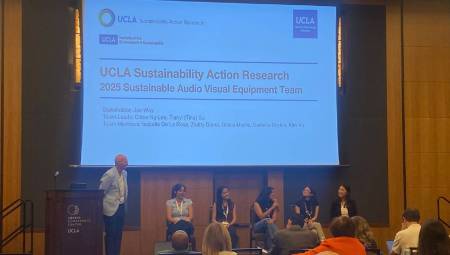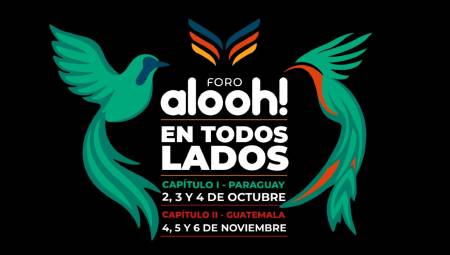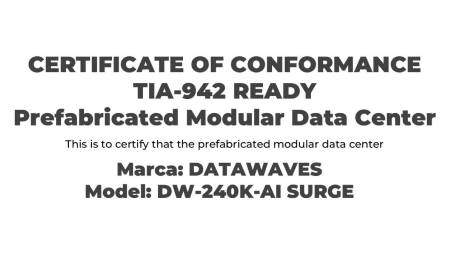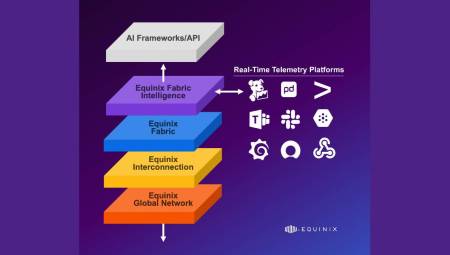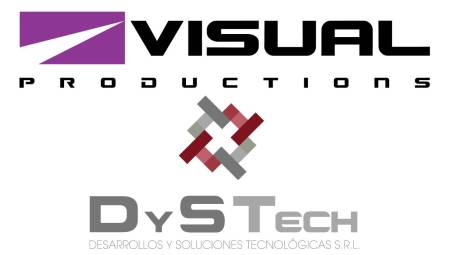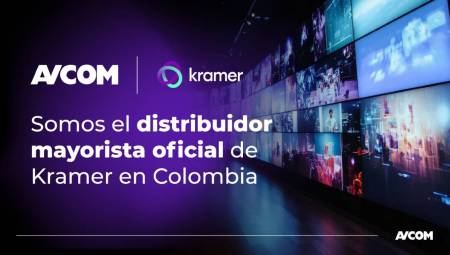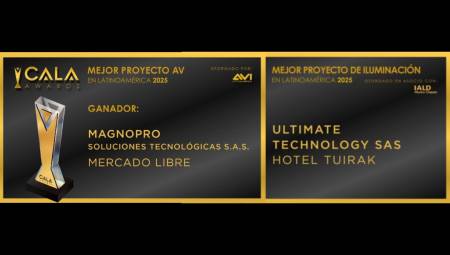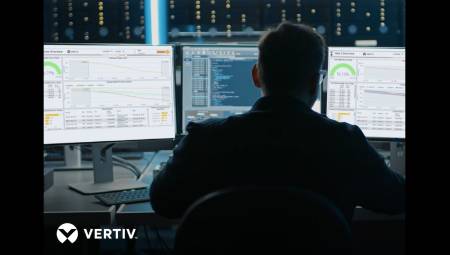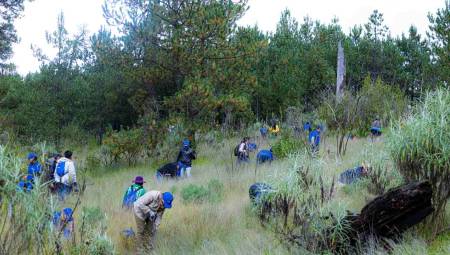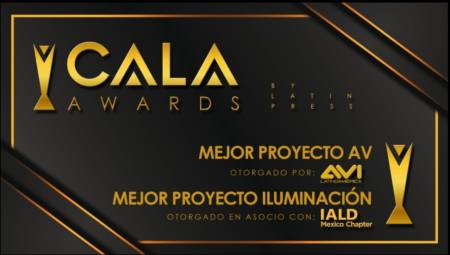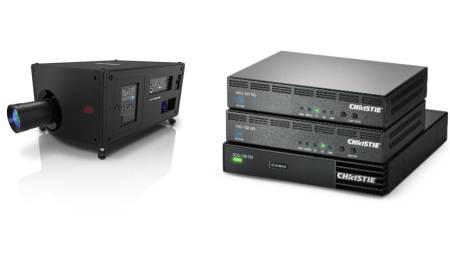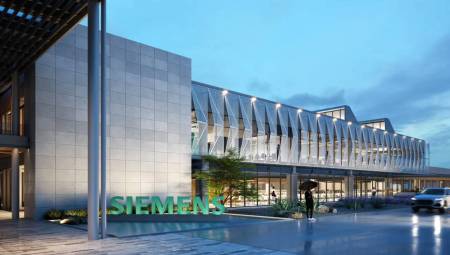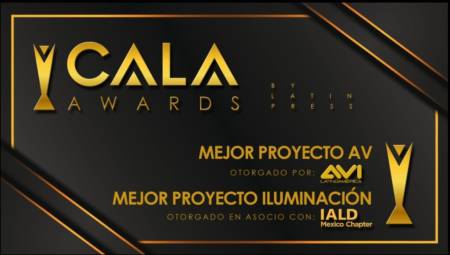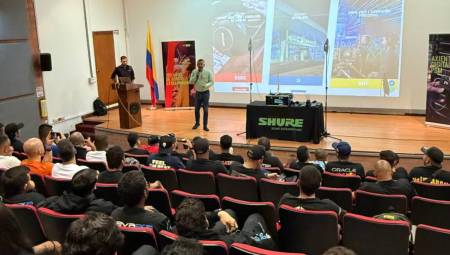The narrative of light goes one step further. It is not only about the way of telling a story, but about the story itself, with its characters, the succession of actions in a certain time and space.
Sophya Acosta*
Throughout my career, one of the main sources of worry and headaches was the communication of my ideas and thoughts regarding light. In front of different interlocutors, in each meeting I tried to translate into different languages what it means for me to work with light and create various illuminations.
From comparing light with water or air, to understand the concepts of power or naturalness, to talking about light stories and light as an actor on stage, comparisons of the different aspects of light and its construction became increasingly imaginative.
That's why, in an attempt to create terms that fit what for me is light, lighting and design processes, I created (or redefined) the following terms that I will explain below.
The design process
In the design process there are for me different elements with which I link and whose interaction with the material of the work, mark the beginning or the end of the different project instances. These concepts are:
Own visual universe: it is the collection of visual stimuli, memories, images, texts and experiences that all living beings have. It constitutes the bank of information from which we know the world, it is the point of reference that we use when encountering new visual situations and it is also the starting point to start creating our work. The visual universe itself begins to be constituted from early childhood. In general, its content is what determines the axes of interest of the artist's poetics.
Collective visual universe: it is that universe that is built with someone else in order to be able to build a language together. It is nourished by the individual universes and in addition to the resulting exchange between the team. It is a third option. Its purpose is to be able to establish joint visual decisions and enrich the universe of the work.
Universe of the work: it is the universe that emerges from the primordial stimulus of the work. It can be detached from the dramatic text, a choreography, music, poetry or whatever the germ stimulus from which the project arises. The Universe of Work has its own physical rules and laws. It has its own law of attraction and law of gravity from which we can begin to discover the material aspect that belongs to it. From the intersection between this Universe and the collective visual universe, the guiding concepts of the project emerge. The reading of these concepts will occur through our own visual universe (we see and read according to what we are and what crosses us).
Guiding concept: It is the partial cut that we are going to make of the universe of the work to show it to the public. It is the result of the conscious decision to establish the limits of what will be played on stage. From the guiding concept arise the other concepts that will organize each language that is part of the staging.
Scenic reproduction: what we see on stage during the performance is nothing more than the reproduction of that universe of the work that exists outside of us and that belongs to the world of ideas. What we see on stage is simply a reproduction we carry forward of the cut we made. As in the myth of the cave, the "real" work exists outside of us, what is put into action on stage, is a reading from our eyes.
Light and its relationship with itself
Within a project and already established the guiding concept that will guide us, as a designer my task is to select what will be the light path of each piece, guiding the evolution of stimuli, colors and shapes that it will have. To define what goes in and what doesn't (at the conceptual level), I use two elements that for me are fundamental. They are:
Endogenous light: light that conceptually belongs to the work. It is that light that is naturally part of the physical, emotional and spiritual world of the work. It does not generate ruptures, it feels natural and integrated because it responds to the laws that this universe poses. It is established by the lighting concept and by the general concept of the setting. It is introduced in the first scenes and establishes a code that will continue throughout the play. Create the visual key to the show.
Exogenous light: it is that light that does not belong to the visual universe or the conceptual universe of the work. When it is presented in a work, it is noticeable that it is not related to the context and generates a state of rupture. His appearance feels forced. Perhaps it is used for an effect that could have been solved with other technical or visual mechanisms and poses a disruption that can threaten the visual unity of the design work. In general, they are the result of the designer's infatuation with a punctual effect or with the technical possibility of a device that was not abandoned in time during the project.
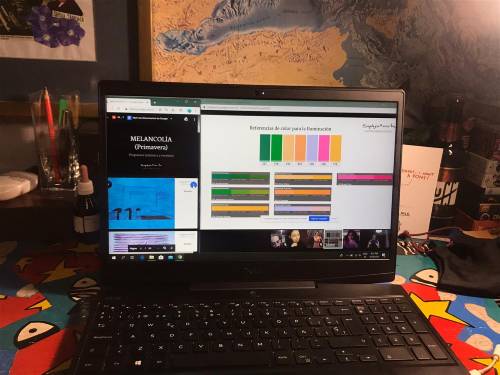 Planes of existence of the light relationship
Planes of existence of the light relationship
In the first instance, the terms "narrative of light", "light dramaturgy", "storytelling" and "poetics of light" seem to be synonymous. Next, I would like to define each term so that we can understand that these are not synonyms, but concepts, which, like Russian dolls, correspond and reveal different relational stages between lighting, its design process, and the designer.
Storytelling of light: Storytelling is a term of English origin whose literal translation would be "telling stories". When we refer to the creation of light storytelling, we are talking about the ability to share a story with another. Storytelling proposes a simple structure with a sequential development in which we use light to tell a story to the viewer. Light is the voice allows us to tell a story. Our focus as creators is on the transmission of this message that precedes the light and uses it as a means of transmission.
On the same story, different designers will create different storytellings, changing the accentuations and emphases of the story, just as two storytellers would tell two different versions of Little Red Riding Hood.
Technically, light storytelling is developed in the cueing, having a proposal linked to the physical temporality of the work. It is linked to the technical resolutions and the production system of the project.
Narrative of light: The narrative of light goes one step further. It is not only about the way of telling a story, but about the story itself, with its characters, the succession of actions in a certain time and space, and with a certain structure.
When we talk about Narrative of light, we are talking about how light acts and acts on stage (what is its physical form and what is its connection with the other languages present in the show). If in Storytelling light was the voice with which we told something, in Light Narrative, light is the language with which this story is written.
From the light narrative we could (as in literature), establish a kind of light genres. When it comes to language, this concept is on the same plane as the lighting concept, with which it also interacts and converses.
Dramaturgy of light: Dramaturgy is the setting into action of the light story. Light becomes the character or actant who, in a certain place and time, travels through different states, just as the character in a story would.
In dramaturgy, the main element with which we will work is that of time, since it is through it that we can take the viewer through the proposed route. When I talk about time, I go beyond cueing, I talk about the design of light becomings: what light continues to what other light, how they act and build their own discourse in their own language on stage that finally not only dialogues with the rest of the elements, but can even discuss or oppose what is happening on stage. Through its dramaturgy, light can be antagonistic, a secondary character who helps the story unfold or even a main character in the setting. This concept is on the same plane as the Universes of Works.
Poetics of light: It is the primordial relationship that we establish with light as creators. It is that intuition that binds us to it and guides us in our choices.
Through the poetics of light we can glimpse our vision and desire as creators and our artistic searches that connect with different ways of materializing our imaginary, connecting our own visual universe with the world of the tangible. This concept is on the same plane as our own Visual Universe, it is nourished by our history and crosses us throughout our lives.
Through this glossary, I tried to establish how light is linked to the different elements on stage, during the process of light construction of a show. Without meaning to, I ended up describing how I relate myself as a designer with light. Maybe it's this deep connection that runs through me that leads me to keep designing and being part of various projects where I can continue to explore my deepest darkness and my brightest lights.
*Sophya Acosta was born in the city of San Miguel de Tucumán, she has a degree in Lighting Design of Shows from the National University of Art. Throughout her career she trained in different artistic disciplines such as As a lighting designer she has worked on dance, theater and opera projects both in Argentina and in Europe. Simultaneously to his lighting research in the theatrical field, he has exhibited light installations in various events and galleries.
In 2023, at the age of 28, Sophya received the 40 under 40 award from Filix Lighting and Light Collective for her professional career and outstanding collaboration in the field of lighting. In 2019, Sophya founded Sophya Acosta Lighting Design Studio with a team of associated lighting designers. The studio is focused on stage lighting design and light art projects creating pieces where light is the core and the main building element.
The studio currently has two project offices, one in Buenos Aires led by associate lighting designer Luciana Suppicich and another in Barcelona, led by Sophya Acosta.



